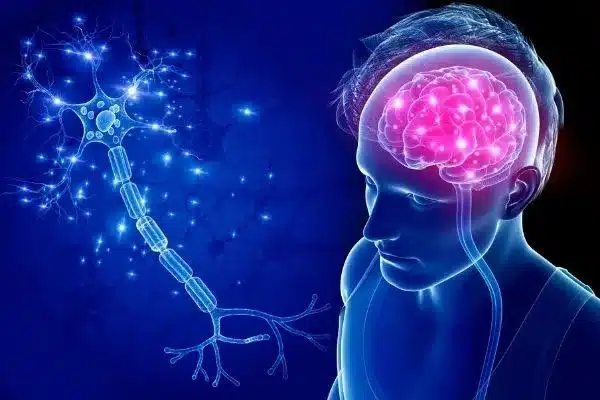About Motor Neuron Disease (MND):
- It is a rare condition that progressively damages parts of the nervous system.
- This leads to muscle weakness, often with visible wasting.
- MND is also called amyotrophic lateral sclerosis (ALS) and Lou Gehrig’s disease.
- Cause:
- MND happens when specialist nerve cells in the brain and spinal cord, called motor neurones, stop working properly and die prematurely. This is known as neurodegeneration.
- Motor neurons instruct the muscles to move by passing on signals from the brain. They play a role in both conscious and automatic movements, such as swallowing and breathing.
- As MND progresses, it can become more difficult to do some or all of these activities.
- Generally, MND is believed to be caused by a combination of environmental, lifestyle, and genetic factors.
- 20% of cases are linked to genetic causes. Half of genetic cases will be in people who have a family history of MND.
- It mainly affectspeople in their 60s and 70s, but it can affect adults of all ages.
- Symptoms:
- The symptoms of MND start gradually over weeks and months.
- They tend to appear on one side of the body first and get progressively worse.
- MND often begins with weakness of the muscles in the hands, feet, or voice, although it can start in different areas of the body and progress in different patterns and at different rates.
- People with MND become increasingly disabled.
- Average life expectancy after diagnosis is one to five years, with 10 percent of people with MND living 10 years or more.
- Treatment: There’s no cure for MND, but treatment can help reduce the impact the symptoms have on your life.
Q1: What is a Neuron?
Neurons (also called neurones or nerve cells) are the fundamental units of the brain and nervous system, the cells responsible for receiving sensory input from the external world, for sending motor commands to our muscles, and for transforming and relaying the electrical signals at every step in between.
Last updated on June, 2025
→ UPSC Notification 2025 was released on 22nd January 2025.
→ UPSC Prelims Result 2025 is out now for the CSE held on 25 May 2025.
→ UPSC Prelims Question Paper 2025 and Unofficial Prelims Answer Key 2025 are available now.
→ UPSC Calendar 2026 is released on 15th May, 2025.
→ The UPSC Vacancy 2025 were released 1129, out of which 979 were for UPSC CSE and remaining 150 are for UPSC IFoS.
→ UPSC Mains 2025 will be conducted on 22nd August 2025.
→ UPSC Prelims 2026 will be conducted on 24th May, 2026 & UPSC Mains 2026 will be conducted on 21st August 2026.
→ The UPSC Selection Process is of 3 stages-Prelims, Mains and Interview.
→ UPSC Result 2024 is released with latest UPSC Marksheet 2024. Check Now!
→ UPSC Toppers List 2024 is released now. Shakti Dubey is UPSC AIR 1 2024 Topper.
→ Also check Best IAS Coaching in Delhi
























